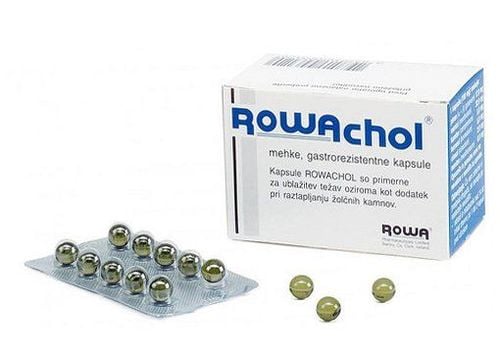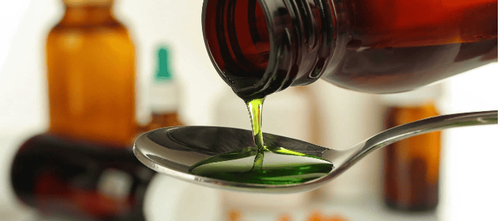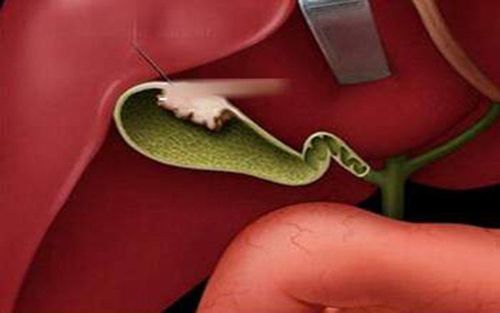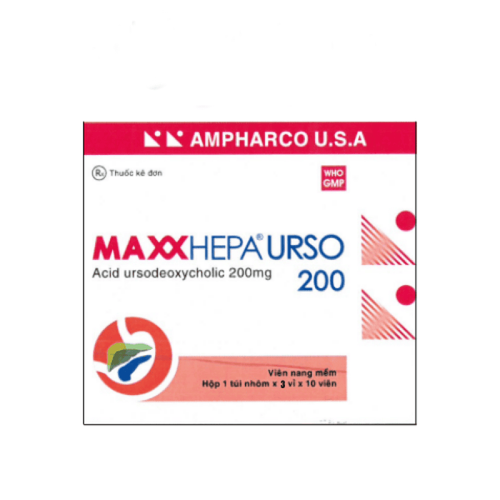This is an automatically translated article.
Gallstone is a disease that often causes pain in the right upper quadrant, yellowing of the skin and can lead to bile infection. Among the types of gallstones, bile pigment stones are common in our country, including black and brown pigment stones. The main cause of this stone is epidemiological factors and eating habits that cause bacterial or parasitic infections.
1. What are bile pigment stones?
Bile pigment stones are common stones in the intrahepatic bile ducts, common hepatic ducts and common bile ducts. Bile pigment stones are composed mainly of bile pigment bilirubin, if divided by pigment, include brown pigment stones and black pigment stones. The difference in color mainly comes from the content of components in gallstones (calcium salts, cholesterol and bilirubin in different proportions).2. Mechanism of formation of bile pigment stones
Bile pigment is a breakdown product with hemoglobin after red blood cells die, converted to bilirubin and dispersed into the blood. Bilirubin will follow the liver into the bile to be eliminated. However, the imbalance of bilirubin and the content of other substances in the bile will create bile pigment stones:
Black pigment stones: are stones formed due to too much bilirubin in the bile, combined with other components. Parts like calcium form the pigment nucleus. Pigment nuclei that are insoluble in bile converge together, adhere and grow in size to form gallstones. Black pigment stones are very hard in nature. Brown pigmented stones: often created due to a history of biliary tract infection that creates a stone nucleus, at this time the fat in the bile is cholesterol and fatty acids, calcium has the opportunity to stick to the stone nucleus and gradually develop into stones. secret. This type of stone is usually brown, shiny, clear and softer than black pigment but is more difficult to break.
3. Causes of bile pigment stones
There are many risk factors that can lead to the formation of bile pigment stones, including:
Hemolytic anemia: an anemia caused by the destruction of large amounts of red blood cells by an abnormal structure causing an excess of blood cells. bilirubin, facilitates stone development Sickle cell disease: also makes blood cells easier to break down when passing through blood vessels and organs in the body, releasing large amounts of bilirubin E.Coli infection through Food poisoning or contaminated water source Contamination of helminths: when the carcass or eggs of worms enter the bile duct, it can leave a nucleus for bile pigment, calcium to attach to form stones. On the other hand, worms also create ulcers in the biliary tract, creating conditions for stones to develop later. Cirrhosis: This disease causes liver tissue to be replaced by scar tissue leading to loss or impairment of liver function, causing the liver to produce large amounts of bilirubin.

Hình ảnh sỏi sắc tố mật được hình thành do một số nguyên nhân và yếu tố nguy cơ
4. How should patients with gallstones eat?
Proper nutrition is an effective method to improve the risk and condition of gallstones in patients, specifically as follows:
Reduce saturated fat: Excess cholesterol is the main cause of formation of gallstones. Therefore, patients need to limit foods such as sausages, beef, butter, animal fat, greasy foods, ... Add good fat sources such as: olive oil, avocado, nuts of all kinds, group fish rich in omega 3 Add fiber-rich foods: fruits, green vegetables, whole grains, peas, brown rice,... Drink lots of water
Please dial HOTLINE for more information or register for an appointment HERE. Download MyVinmec app to make appointments faster and to manage your bookings easily.













